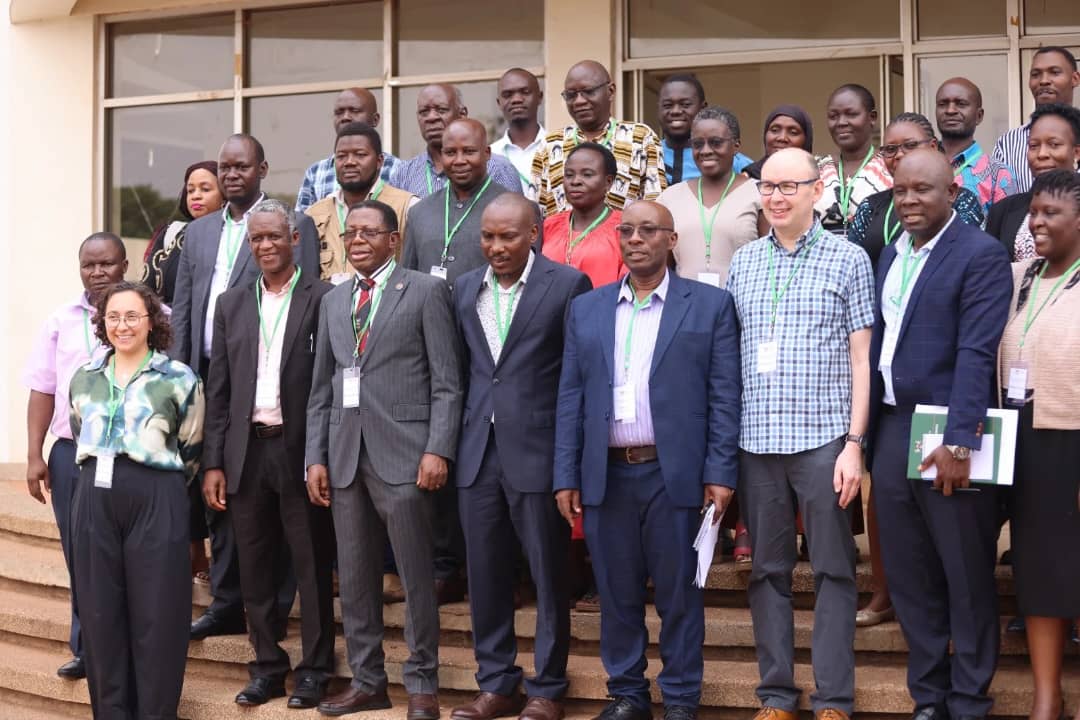Uganda, despite covering only 2% of the world’s land area, is home to an incredibly diverse range of plant species that play a vital role in food security, medicine, water conservation, and biodiversity.
In a significant step toward safeguarding this botanical wealth, the country has identified 42 Important Plant Areas (IPAs)—critical sites requiring urgent conservation efforts to protect priority plant species.
This initiative, spearheaded by Makerere University in collaboration with the Royal Botanic Gardens, Kew, London, marks the first time the IPA concept has been applied in Uganda. It aligns the country with global efforts to preserve plant diversity.
The identification process was guided by three key criteria: the presence of threatened species, exceptional botanical richness, and habitats facing imminent threats.
Among the designated IPAs are several well-known protected areas, including Mabira, Budongo, and Kashoya-Kitomi Central Forest Reserves, as well as Semuliki, Lake Mburo, Murchison Falls, Kibale, and Bwindi Impenetrable National Parks. However, many identified sites remain outside Uganda’s formal conservation network, such as Tororo Rock, Buwerere, Kacumbala Rock, and Buhweju, highlighting the urgent need for protection beyond existing reserves.
Speaking at the Uganda Tropical Important Plant Areas (TIPA) workshop held at Makerere University, Professor James Kalema, Chairperson of the Uganda Wildlife Authority’s (UWA) Board of Trustees, emphasized the importance of prioritizing these sites through community-led conservation efforts.
We will develop initiatives to work with stakeholders to come up with strategies for conservation. “Eco-tourism services will be introduced as a pathway to conservation, helping communities understand the value of these important plant areas while creating economic opportunities,” he said.
Similarly, Buyinza Mukadasi, Deputy Vice-Chancellor of Academics at Makerere University, stressed the critical role of plant conservation in human well-being.
“The identified IPAs span different regions of Uganda, with around 80% falling within existing protected areas, while the rest remain unprotected and in urgent need of conservation efforts,” he stated.
While Uganda has made notable strides in biodiversity conservation, with 10 National Parks, 12 Wildlife Reserves, and 506 Central Forest Reserves, over 50% of the country’s wildlife resources remain outside protected areas. Many newly identified IPAs lie in vulnerable landscapes susceptible to agriculture, logging, and mining, increasing the risk of habitat loss and species extinction.
With support from the Royal Botanic Gardens, Kew, conservationists have secured a three-year funding initiative to strengthen research efforts and develop a national database. This resource will provide accessible information for policymakers, conservationists, and the public, ensuring informed decision-making for plant conservation.
Iain Darbyshire, Senior Research Leader at Royal Botanic Gardens, Kew, stressed the need for increased expertise in identifying and protecting key conservation areas.
We need to create more information and document species extinctions to guide conservation efforts. “Reliable data is crucial, but research becomes difficult without it,” he said.
Uganda’s plant diversity spans semi-arid landscapes in the northeast to lush montane rainforests in the southwest, making conservation efforts essential to maintaining ecosystem balance. However, rapid population growth and increasing land demand have led to widespread deforestation and habitat destruction, putting many species at risk.
As Uganda advances its plant conservation agenda, researchers from Makerere University and their international partners have proposed several key recommendations, such as strengthening policies to formally recognize and protect Important Plant Areas, engaging local communities in conservation efforts through awareness campaigns and sustainable livelihood projects, restoring degraded plant habitats and promoting sustainable land-use practices.
The identification of these Important Plant Areas aligns with Uganda’s commitment to global biodiversity targets, complementing initiatives such as the United Nations Sustainable Development Goals and the Convention on Biological Diversity. By prioritizing conservation efforts, Uganda is taking significant steps toward safeguarding its plant heritage for future generations.


